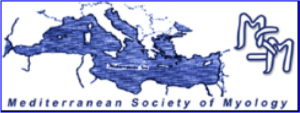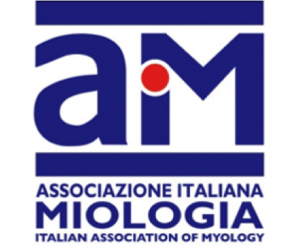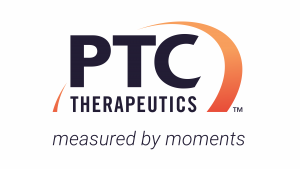Skeletal muscle channelopathies (SMC), including non dystrophic myotonias (NDM) and periodic paralyses (PP), are characterized by considerable clinical overlap and clinical features not always allow addressing molecular diagnosis. Muscle imaging has been shown to be useful for differential diagnosis in neuromuscular disorders, however it has been relatively poorly investigated in SMC.
We studied 15 patients affected by genetically confirmed SMC (NDM = 9, PP = 6) through muscle MRI or CT of thighs and legs, including 11 patients mutated in SCN4A gene, 2 in CACNA1S and 2 in CLCN1. Mean age at muscle imaging was 45.2 ± 18 years (range 22-70).
Overall, fatty infiltration was found in thigh muscles in 8 (53%) patients and in leg muscles in 10 (60%). All patients mutated in CLCN1 and CACNA1S had abnormal thigh and/or leg muscle MRI, regardless the disease duration. On the contrary normal thigh and leg muscle MRI or CT scans were observed in 4/15 (27%) patients, all mutated in SCN4A. Variable degrees of fatty changes were found in patients mutated in SCN4A, CACNA1S and CLCN1. No differences on overall score of fatty infiltration were detected between NDM and PP (p-value = 0.953) neither between presence or absence of permanent weakness (p-value = 0.951).
Our data confirm the presence of muscle fatty changes in the majority of SMC patients, although without any specific pattern of involvement. However muscle MRI may be a useful tool for longitudinal follow-up of SMC patients, in particular to evaluate the occurrence and the progression of fixed myopathy.






